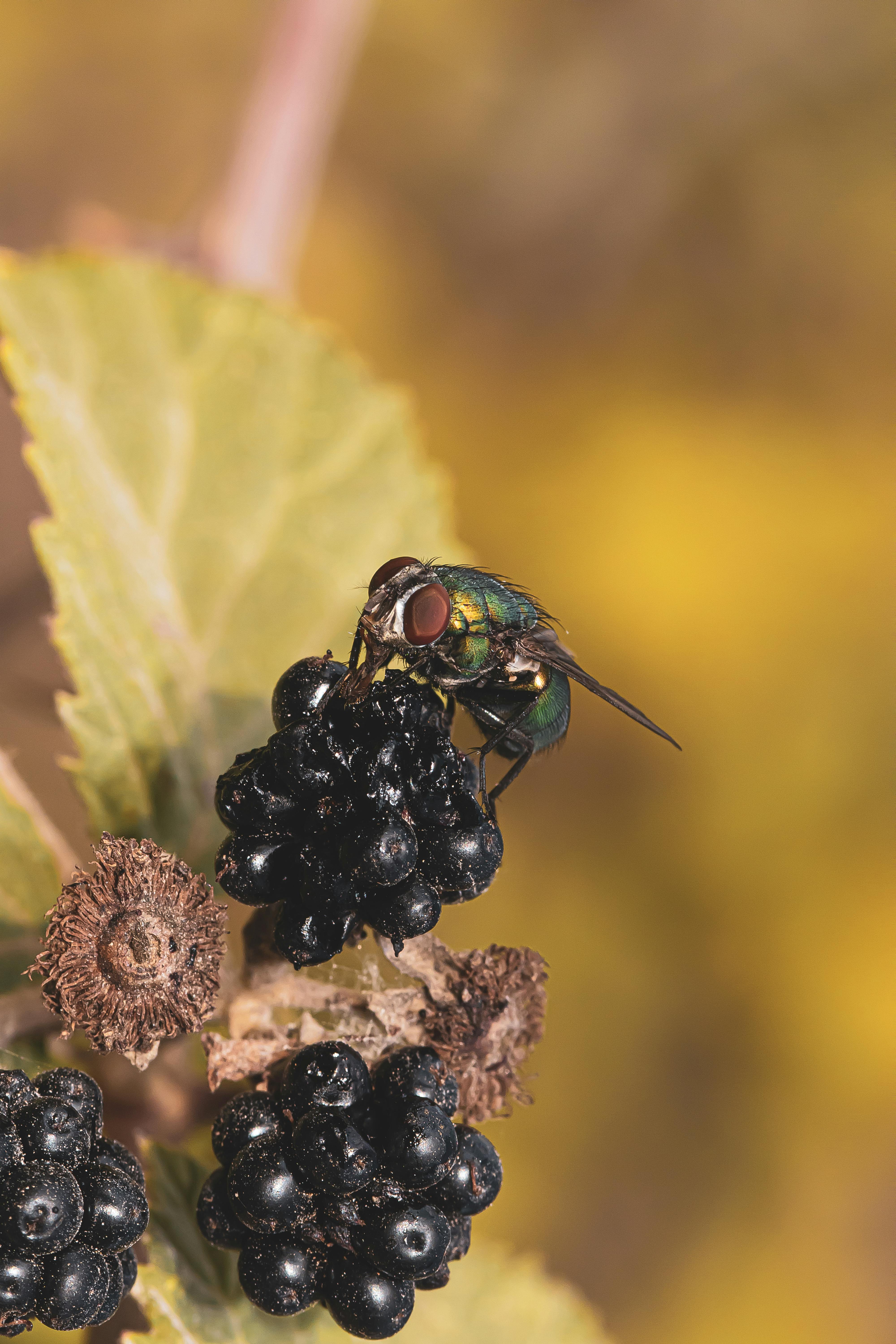
Essential Guide to Choosing the Perfect Watermelon
Selecting the right watermelon can significantly impact your enjoyment of this refreshing summer fruit. Understanding how to choose a watermelon involves recognizing various characteristics that signal ripeness and quality. In 2025, as the watermelon selection process evolves, the importance of knowing these tips remains constant. This guide provides expert advice on identifying signs of a ripe watermelon, comparing watermelon varieties, and utilizing the best techniques for selecting the perfect melon.
Watermelons, with their vibrant colors and sweet, juicy flesh, are a staple at summer gatherings, barbecues, and even as a low-calorie snack. Knowing how to pick a watermelon not only enhances your culinary experiences but also ensures you reap the maximum health benefits this fruit offers. We will explore everything from the physical characteristics to the auditory tests that can help you determine watermelon quality, along with seasonal tips for optimum selection.
In this article, we’ll cover the essential features of watermelon quality, expert tips for selection, differences among watermelon varieties, and creative ways to enjoy this versatile fruit. By following the guidelines outlined here, you'll become adept at choosing a watermelon that is not only fresh but also bursting with flavor.
Let's dive into the core indicators of a ripe watermelon and the techniques you need to learn to ensure you always pick a watermelon of the highest quality.
Identifying Key Characteristics of a Ripe Watermelon
Before you learn how to choose a watermelon, it’s crucial to recognize the signs of a ripe watermelon. The physical traits of a watermelon can tell you a lot about its taste, texture, and general quality. By examining the skin texture, size, weight, and overall appearance, you can make informed choices that lead to selecting a watermelon that will delight your taste buds.
Watermelon Skin Texture
The skin texture of a watermelon is one of the first indicators of its ripeness. A ripe watermelon will have a smooth, slightly dull skin rather than a shiny one. The dullness suggests maturity; shiny skin could indicate that the fruit is still immature. Additionally, check for consistent color, as variations might indicate uneven ripening. Look for a uniform green, possibly with stripes depending on the variety.
Moreover, the presence of a creamy yellow spot, known as the field spot, signifies that the watermelon has been resting on the ground long enough to ripen properly. This area should be soft and not discolored. An absence of this spot might mean the watermelon was picked too soon.
Heavy vs. Light Watermelon
Weight plays a critical role in evaluating watermelon quality. When picking a watermelon, choose one that feels heavy for its size. A denser watermelon typically indicates the presence of more water and sugar, which contributes to its sweetness. As you compare similar sizes, the heavier watermelon is more likely to be juicy and ripe. This feature is especially important as watermelons can vary significantly in size; keeping this weight-checking strategy in mind can help you differentiate between ripe and unripe fruits.
Checking for Watermelon Sweetness
Aside from visual attributes, you can also perform a few tests to check for sweetness. One popular method is to gently knock on the watermelon. If it gives a deep, hollow sound, it’s usually a sign of ripeness. If it sounds dull or flat, it might be an indicator that the watermelon is either overripe or not ripe at all. This sound test is particularly effective when combined with other checks, like checking for surface imperfections or soft spots.
How to Pick a Watermelon: Expert Tips for Selection
Now that we've covered the basic characteristics of watermelon ripeness, let's delve into more expert tips for choosing the perfect watermelon. Whether you're shopping at a farmer’s market or your local supermarket, applying these techniques will dramatically improve your chances of selecting a delicious watermelon.
Visual Cues for Watermelon Selection
When approaching a stack of watermelons, take your time to inspect each one for visual cues. Look for a rich, consistent color throughout the fruit, avoiding any that appear too pale or have blemishes. Additionally, check for any cuts or soft spots, which may suggest spoilage or internal damage. If you spot any unusual indentations, it’s best to steer clear of that particular watermelon.
You might also consider examining the stripes on the watermelon. Depending on the variety, clearly defined stripes are generally a good sign, indicating that you've picked a well-developed fruit.
Choosing Organic Watermelon vs. Non-Organic
When making a selection, you should also consider whether to choose organic watermelon or non-organic. Organic watermelons are typically grown without synthetic pesticides or fertilizers, making them a healthier option. They can have a more authentic flavor profile, and certain studies suggest they may offer higher nutrient levels. If you’re concerned about environmental impact, purchasing organic can be a beneficial choice.
However, remember that organic options may be slightly more expensive. Weighing the pros and cons can help you make an informed decision, but always prioritize freshness and quality regardless of the growing method.
Supermarket Watermelon Tips
When purchasing watermelon from supermarkets, familiarize yourself with the selection process. Avoid watermelons that feel overly cold, as this can indicate poor storage conditions. Instead, aim for fruits that feel comfortable to the touch and easy to lift. In addition, check the labels for information about their origin or seasonal availability; local watermelons may offer fresher options than imported varieties.
Lastly, participating in watermelon tasting events at local markets can broaden your palate and knowledge of different watermelon varieties, helping you become a more adept watermelon picker.

Watermelon Quality Indicators by Variety
Different watermelon varieties have unique characteristics, so understanding these can elevate your watermelon selection skills. In 2025, embracing the diversity of watermelon options can lead to discovering new flavors and textures that fit your needs. Here, we will detail popular watermelon types, including seedless, picnic, and icebox varieties, and the optimal signs for each.
Comparing Popular Watermelon Varieties
Varieties like the seedless watermelon, picnic watermelon, and icebox watermelon each cater to various preferences and occasions. Seedless watermelons are incredibly popular due to their convenience, making them perfect for parties and summer outings. When selecting this variety, aim for firm skin with a consistent color. They should feel heavy, just like their seeded counterparts.
Selecting Watermelon for Juice or Grilling
If you're looking to make refreshing watermelon juice or grill them, consider specific characteristics to ensure delicious results. For juicing, choose very ripe fruit with a higher water content. The sweeter the watermelon, the better the flavor in your drinks. Conversely, for grilling, aim for thick and firm slices that won’t fall apart on the grill. A variety known for its durability can enhance your grilled fruit experience.
Watermelon Size Guide for Different Needs
Watermelon size can also influence your selection based on intended use. Smaller icebox watermelons are excellent for small gatherings, while larger picnic types work well for big summer barbecues. Always assess how many people you’re serving to estimate the size required. Consider the balance between desired servings and the amount of potential waste if the fruit is too large for your occasion.
Creative Ways to Enjoy Your Watermelon
Once you’ve selected the perfect watermelon, the next step is to enjoy it! Incorporating watermelon into your diet can yield numerous health benefits and delightful culinary experiences. From hydration to unique recipes, the possibilities are endless. Here we will explore fun ways to serve watermelon, ensuring you maximize its juicy potential.
Watermelon as a Low-Calorie Snack
Watermelon is not only hydrating but also a low-calorie treat. It's an ideal snack for those watching their caloric intake while still wanting something refreshing and satisfying. Pair slices with a dash of lime or a sprinkle of salt to enhance the natural flavors. Watermelon cubes can also be a visually appealing fruit addition to lunches or picnics.
Watermelon Dessert Ideas
Transform watermelon into exquisite dessert treats! You can create watermelon sorbet or freeze cubes into refreshing summer slushies. Watermelon art, such as carved fruit bowls or unique salad presentations, makes for stunning centerpieces at events. Experiment with combining watermelon with other fruits to create refreshing summer salads that stand out.
Watermelon Preparation Methods
Knowing how to cut and prepare watermelon can elevate your enjoyment. Whether dicing it for a fruit salad, slicing it for easy snacking, or blending it into smoothies, watermelon is versatile and easy to work with. When cutting, always use a sharp, wide knife to make clean slices and minimize mess. Consider using a melon baller for a creative spin on fruit salads and drink garnishes.
Conclusion: Mastering Watermelon Selection for a Delightful Summer
By mastering the art of picking watermelons, you're guaranteed to enhance your summer experience. The process of selecting a ripe watermelon encompasses understanding its characteristics, applying expert tips, and knowing the various types available. Embrace these insights to ensure you’re always choosing the freshest, most flavorful watermelons. Now that you're equipped with the right knowledge and tips, enjoy this hydrating fruit in each delicious bite!

Frequently Asked Questions About Watermelon Selection
To further enhance your watermelon selection skills, here are some common questions and expert answers that can guide your purchasing experience.
What are the signs of a spoiled watermelon?
Signs of spoilage include large dark spots, an overly soft texture, and foul odors. If you notice any of these, it’s best to discard the watermelon. Freshness should always be your priority.
How do I store watermelon properly?
To store watermelon, keep it in a cool, dry place. Once cut, wrap the pieces in plastic wrap and refrigerate. Consuming it within a few days ensures optimum freshness.
Can I buy watermelon in the winter? What should I look for?
While watermelon is typically a summer fruit, you can find it year-round. Look for imported varieties, yet stay informed about their freshness indicators, as they may not taste as sweet as seasonal options.
What are the health benefits of eating watermelon daily?
Daily consumption of watermelon aids in hydration, provides essential nutrients like vitamins A and C, and contains antioxidants. Its low-calorie nature makes it an excellent addition to a balanced diet.
What are some creative serving ideas for watermelon?
Consider serving watermelon in salads, smoothies, or as an ingredient in cocktails. The fruit’s hydration properties paired with its natural sweetness can elevate numerous recipes.